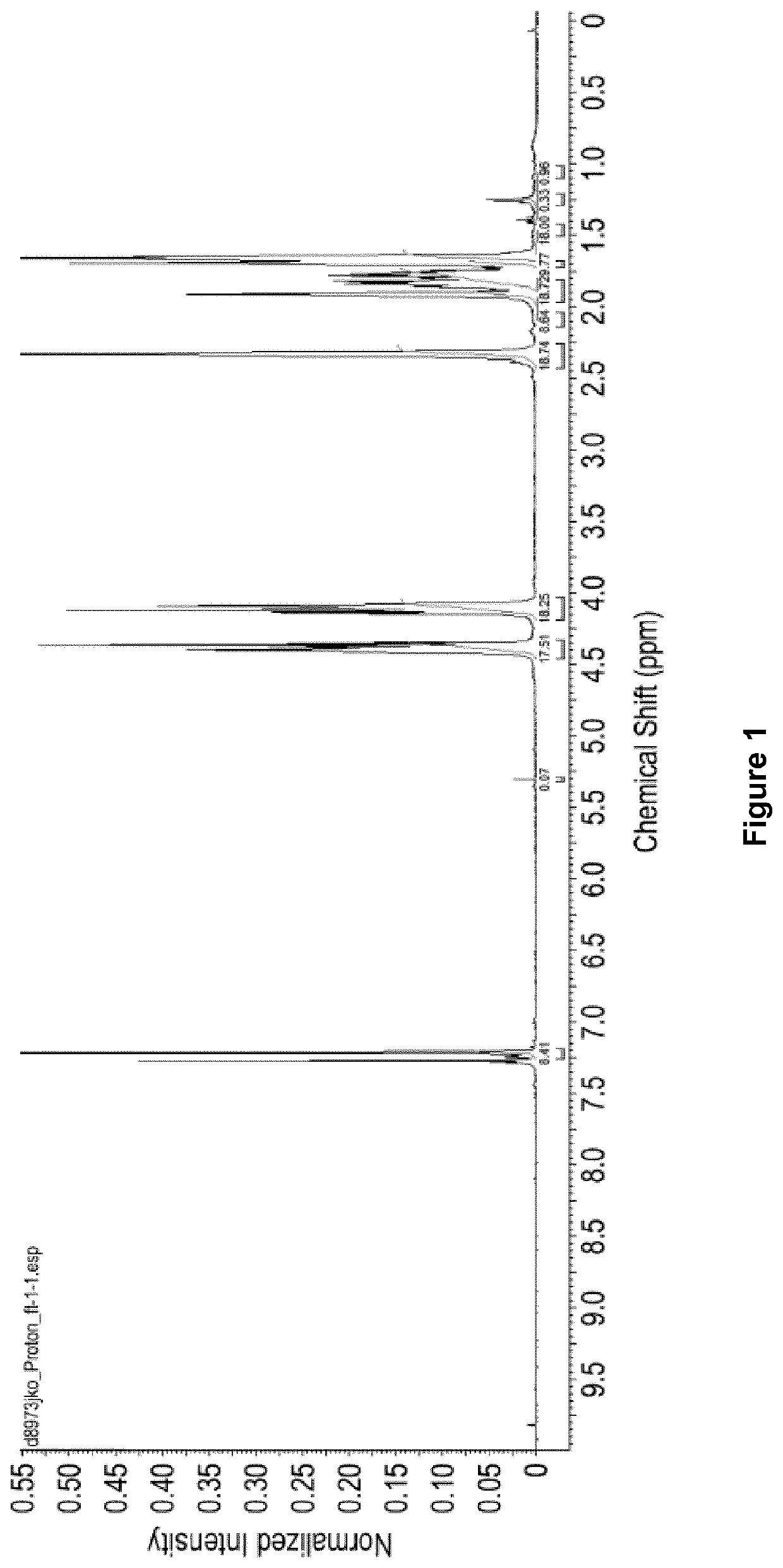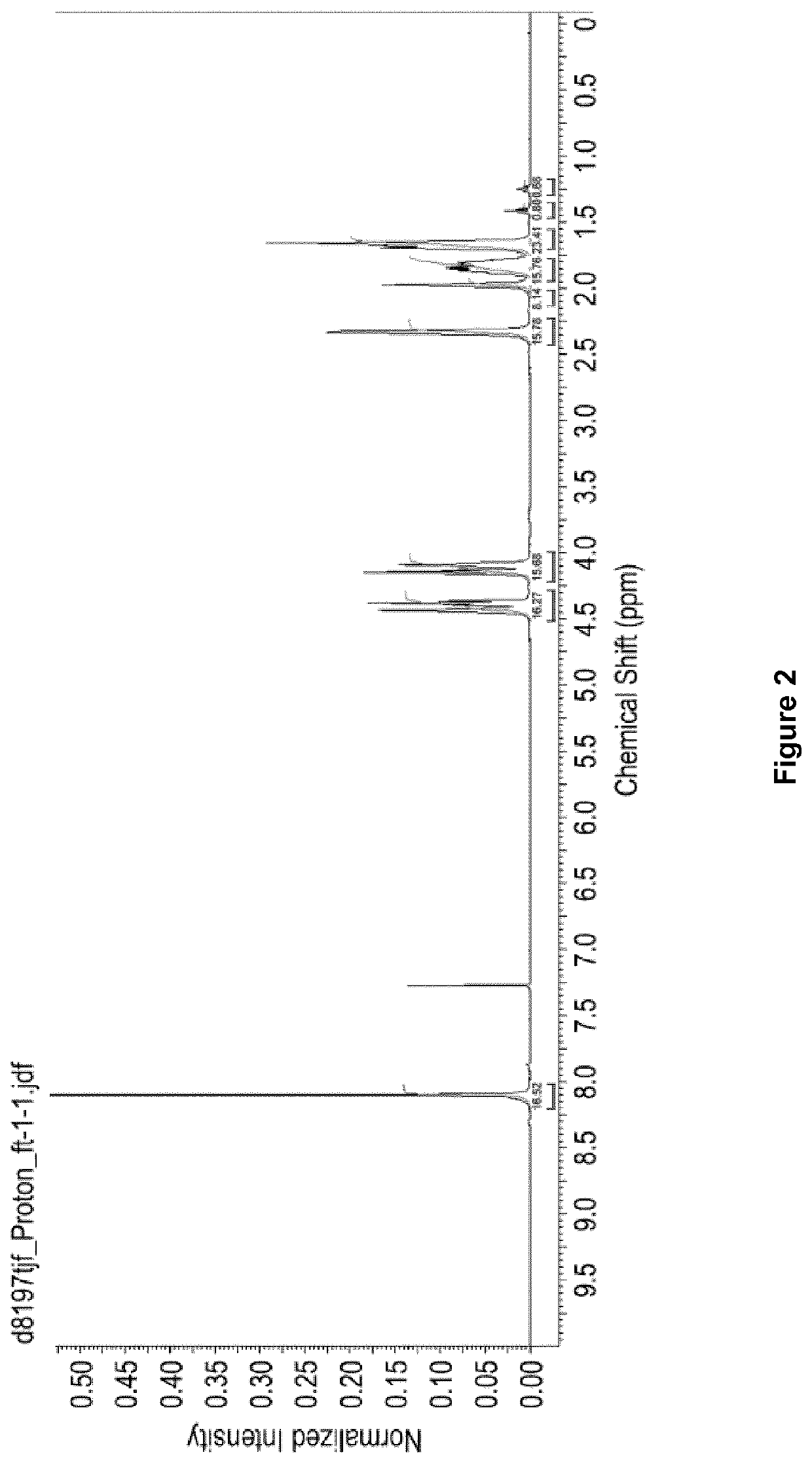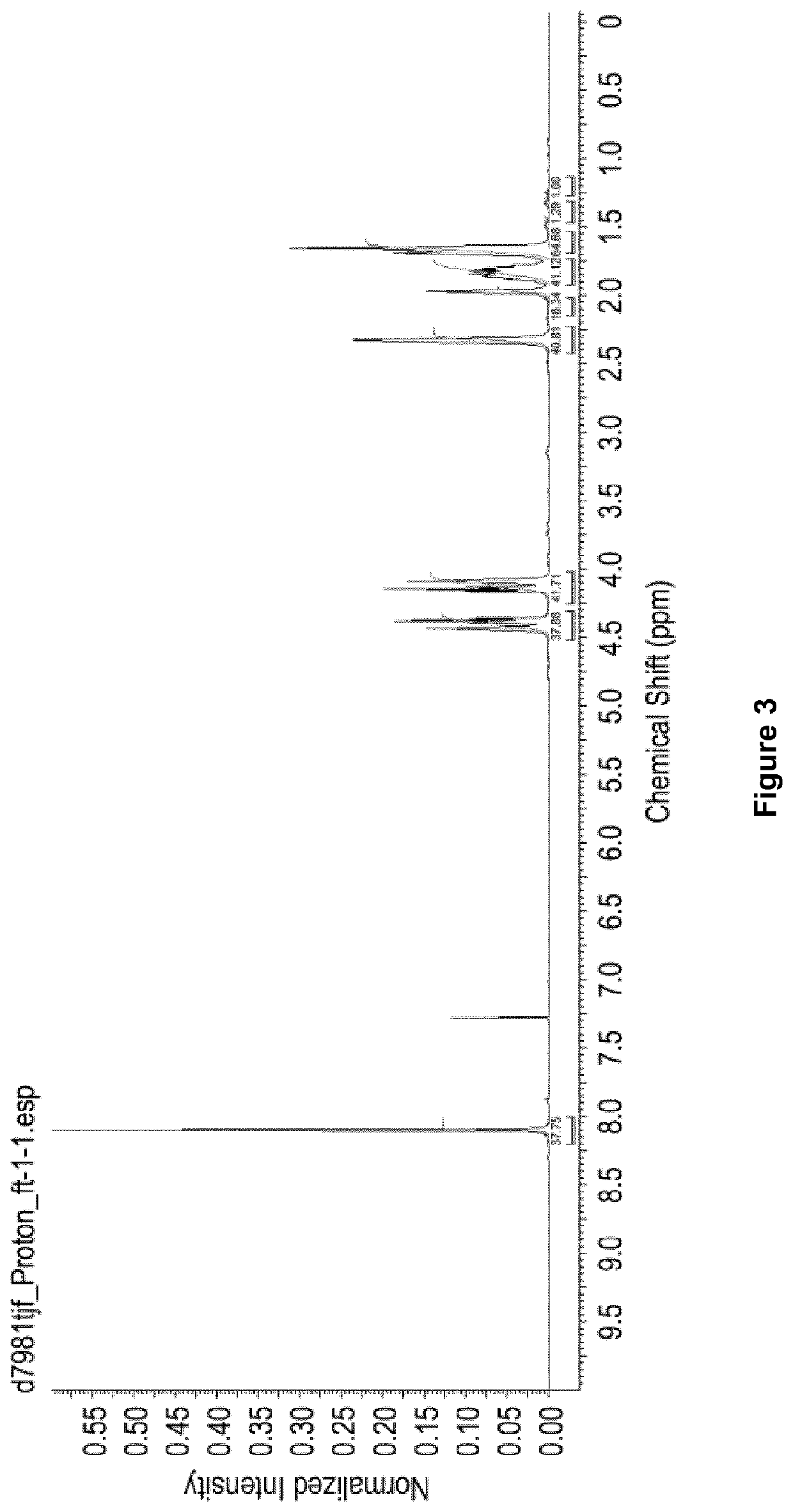Process for oxidising a substrate
- Summary
- Abstract
- Description
- Claims
- Application Information
AI Technical Summary
Benefits of technology
Problems solved by technology
Method used
Image
Examples
example 1
l Shaking of Buffer
[0280]To 490 μL of 0.2 M KPi buffer pH 7.0 was added DFF (final concentration 100 mM) and 1 mg catalase. 10 μL of a 100 μM PaoABC was then added and the reaction was left in a shaking incubator. 5 μL of the reaction mixture was extracted, diluted with 80 μL water and quenched with 15 μL 1 M HCl. The aliquots were analysed by RP HPLC. The results are shown in FIG. 11.
example 2
haking of Buffer
[0281]To 490 μL of 0.2M KPi buffer pH 7.0 was added DFF (final concentration 100 mM) and 1 mg catalase. The Eppendorf was vigorously shaken. 10 μL of a 100 μM PaoABC was then added and the reaction was left in a shaking incubator. 5 μL of the reaction mixture was extracted, diluted with 80 μL water and quenched with 15 μL 1M HCl. The aliquots were analysed by RP HPLC. The results are shown in FIG. 12.
example 3
arged Buffer
[0282]To 490 μL of 0.2 M KPi pH 7.0 (previously sparged with compressed air (HPLC filter) for 5 hours) was added DFF (final concentration 100 mM) and 1 mg catalase. 10 μL of a 100 μM PaoABC was then added and the reaction was left in a shaking incubator. 5 μL of the reaction mixture was extracted, diluted with 80 μL water and quenched with 15 μL 1 M HCl. The aliquots were analysed by RP HPLC. The results are shown in FIG. 13.
PUM
| Property | Measurement | Unit |
|---|---|---|
| Fraction | aaaaa | aaaaa |
| Fraction | aaaaa | aaaaa |
| Fraction | aaaaa | aaaaa |
Abstract
Description
Claims
Application Information
 Login to View More
Login to View More - R&D
- Intellectual Property
- Life Sciences
- Materials
- Tech Scout
- Unparalleled Data Quality
- Higher Quality Content
- 60% Fewer Hallucinations
Browse by: Latest US Patents, China's latest patents, Technical Efficacy Thesaurus, Application Domain, Technology Topic, Popular Technical Reports.
© 2025 PatSnap. All rights reserved.Legal|Privacy policy|Modern Slavery Act Transparency Statement|Sitemap|About US| Contact US: help@patsnap.com



